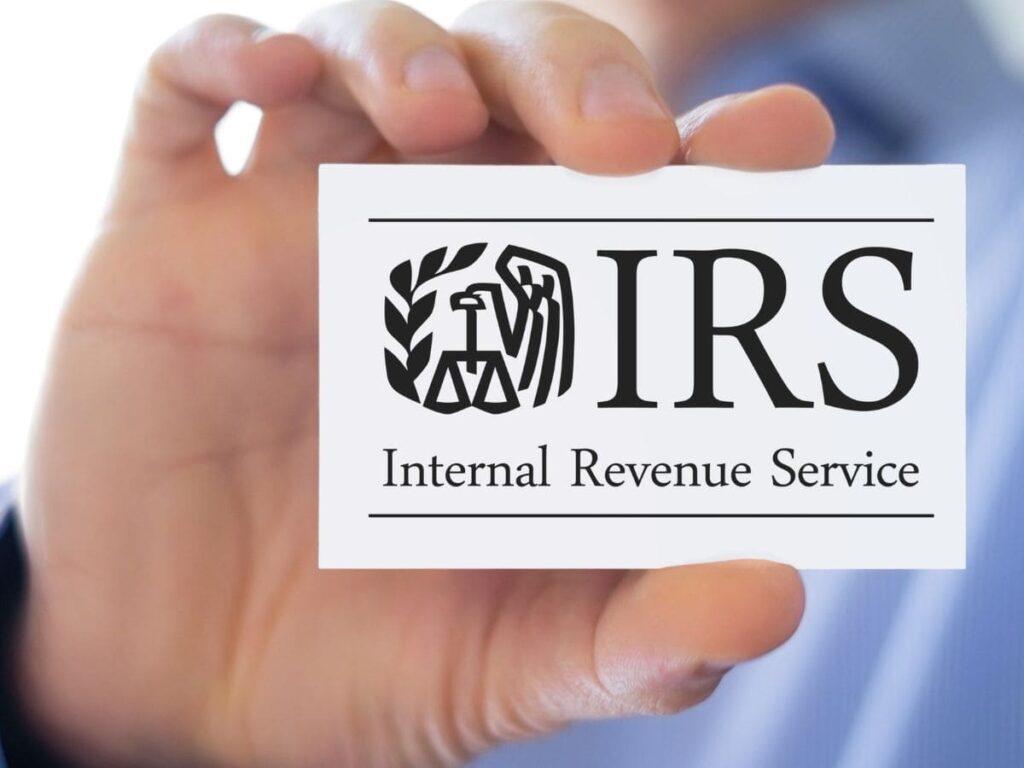Tax season, or Tax Season, in the United States is about to end, and many taxpayers are rushing to meet the established deadlines. For those who have not managed to file their tax return, time is running out. Although the tax filing deadline is one of the most eagerly awaited dates, not everyone is prepared to meet this requirement in the allotted time. However, there are options to get an extension of time, which will allow people more time to organize their tax documents and complete the return.
The Internal Revenue Service (IRS), which is responsible for managing federal taxes in the United States, states that tax filing season begins every year at the end of January and ends in April. While the exact dates may vary slightly, for 2025, the tax filing deadline is April 15, 2025. This date is crucial, as individuals must submit their forms and make any payments due to avoid penalties and additional charges.
On the other hand, many taxpayers are unaware that there is a possibility of extending the deadline for filing. This option can be very useful for those who, for various reasons, are unable to meet the original date. However, it is important to know the requirements and the procedure for requesting this time extension correctly.
Requirements for requesting an extension of time
The extension of time to file the tax return can be obtained through a simple process, but certain requirements must be met to ensure that it is valid. The main requirement is to complete IRS Form 4868, which must be submitted by the established deadline (in this case, April 15, 2025).
Furthermore, even if the form is submitted and a time extension is obtained, it is important to remember that this only applies to the filing of the tax return, not to the payment of taxes. Taxpayers who owe money must still make an estimated payment of the total amount due, even if they have applied for the extension. Otherwise, they could face interest charges and penalties on the unpaid amounts.
For those who prefer not to deal with additional paperwork, the IRS also allows the extension to be filed electronically, simplifying the process. The request can be made online through the official IRS website, or using tax return software authorized by the agency.
How to make the most of the time extension?
While getting an extension of time is a temporary relief, taxpayers should consider how to take advantage of this additional period. Here are some key steps to maximize the benefits of the extension of time:
- Organize tax documents in advance: Take advantage of the extra time to collect all the necessary documents, such as W-2, 1099 forms and other records of income and deductions.
- Review available deductions: Make sure you don’t miss any deductions or tax credits you may have overlooked, such as deductions for mortgage interest or medical expenses.
- Consult a professional: If the tax return is complex, as in the case of taxpayers with multiple sources of income or investments, it may be useful to contact an accountant or tax preparer to help you ensure that all regulations are met and optimize your return.
Remember that getting more time to file does not mean that the amount owed is postponed, so it is vital to get organized and plan the payment in time to avoid surprises or additional charges.
